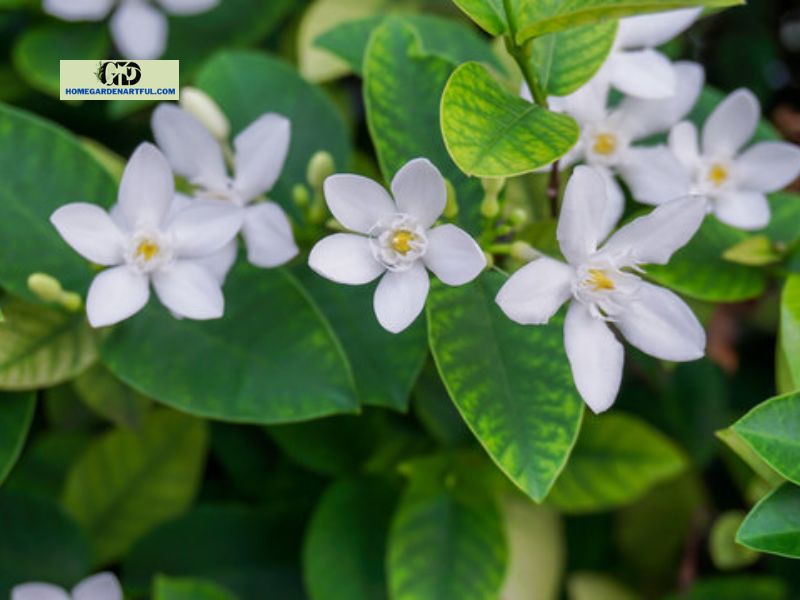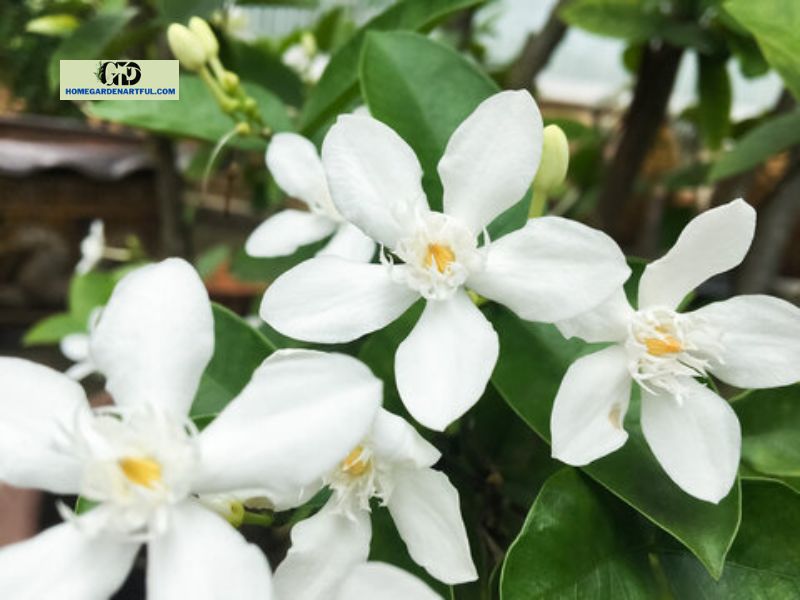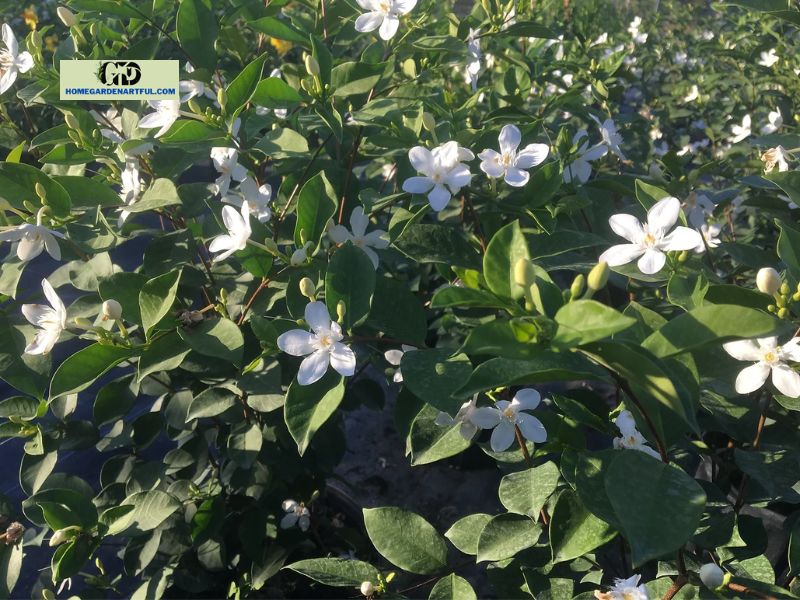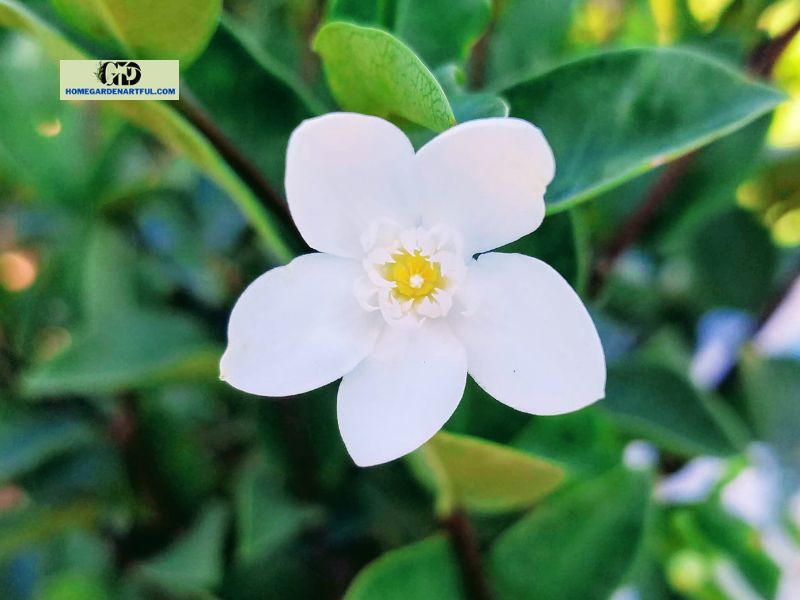Arctic Snow Bush provides lightness and frivolity to any bright room in need of a lift! Snow Bush can be pruned into whatever shape you like, so train it to your desire. Allow it to grow tall and narrow for a vertical impression, or wide and bushy to reflect your wild side! To keep the variegated leaves looking their best, give Arctic Snow Bush over 6 hours of strong indirect light per day and humidity levels above 50%. Find out at homegardenartful.com how to care for these indoor shrubs!
Care for Arctic Snow Bush

Light
Arctic Snow Bush thrives on bright sunny days and will reach epic dimensions if it receives more than 6 hours of direct sunshine every day. They will grow just fine with less light, but they will develop slower and create less new growth. Place them where they will receive soft morning light, but remain away from direct afternoon sunlight! If you are unable to provide them with the necessary light, consider utilizing an LED (light emitting diode) grow lamp for 8-10 hours every day.
Water
Arctic Snow Bush prefers damp soil but doesn’t like wet soil. Allow the water to drain from the soil until roughly half of the soil feels dry. Water it right away after making this discovery, allowing the excess water to drain before placing the plant back into its protective pot or saucer. The key to successfully cultivating an Arctic Snow Bush is consistently damp soil!
Soil
Potting soil that is high in nutrients and organic matter but also drains well is ideal for growing your Snow Bush. Most coco coir, as well as peat-based potting soil mixes, will suffice, but make sure they don’t contain water-retentive crystals, which can keep the soil moist and cause root rot. Avoid using garden soil for indoor plants since it holds far more water than potting soil and, if collected from the yard, can house pests and bacteria. If you’re feeling daring, try making your own potting soil!
Temperature

Arctic Snow Bush needs temperatures between 65 and 75°F all year to thrive! They can withstand lower temperatures in the winter, but if temperatures dip below 60°F, they will go into hibernation and may lose leaves.
Humidity
Snow Bush requires a high humidity level. If the air becomes excessively dry and you don’t water it sufficiently, they may begin to shed leaves at an alarming rate! A humidifier or a pebble tray filled with water can assist these moisture-loving plants in getting the extra dampness they require. Improve the humidity surrounding your Arctic Snow Bush as well as other humidity-loving plants by using a cool-mist humidifier! Discover how to boost the humidity in the air surrounding your indoor plants!
Fertilizer
During the growing season, feed your Arctic Snow Bush a completely balanced fertilizer every two weeks. Dilute the fertilizer by 14 times its recommended strength. In the spring or early summer, you can also top-dress the soil with organic compost or slow-release fertilizer. If you used compost or slow-release fertilizer in the spring, you can use a 14-strength diluted complete liquid fertilizer as well.
Rate of Growth
Arctic Snow Bush is a slow-growing indoor plant. If taken care of and exposed to bright indirect light on a regular basis! In 3 to 5 years, they can grow to be 3’+ tall indoors.
Pro Tips

- Rotate your Snow Bush 14 times every week to keep it full and balanced.
- To avoid unpleasant odors and root rot, keep the soil loose keeping your cover pots drained of excess water.
- To avoid leaf drop, keep the plant and soil warm while maintaining the humidity at 50% all year!
- Arctic Snow Bush can be a difficult indoor plant. If you observe it starting to diminish, your first step should be to monitor the soil’s humidity and moisture level!
- To develop a full-bodied growth, keep these indoor shrubs clipped back!
- Pinch back new growth using your fingers or garden scissors in the spring and summer to encourage new growth!


